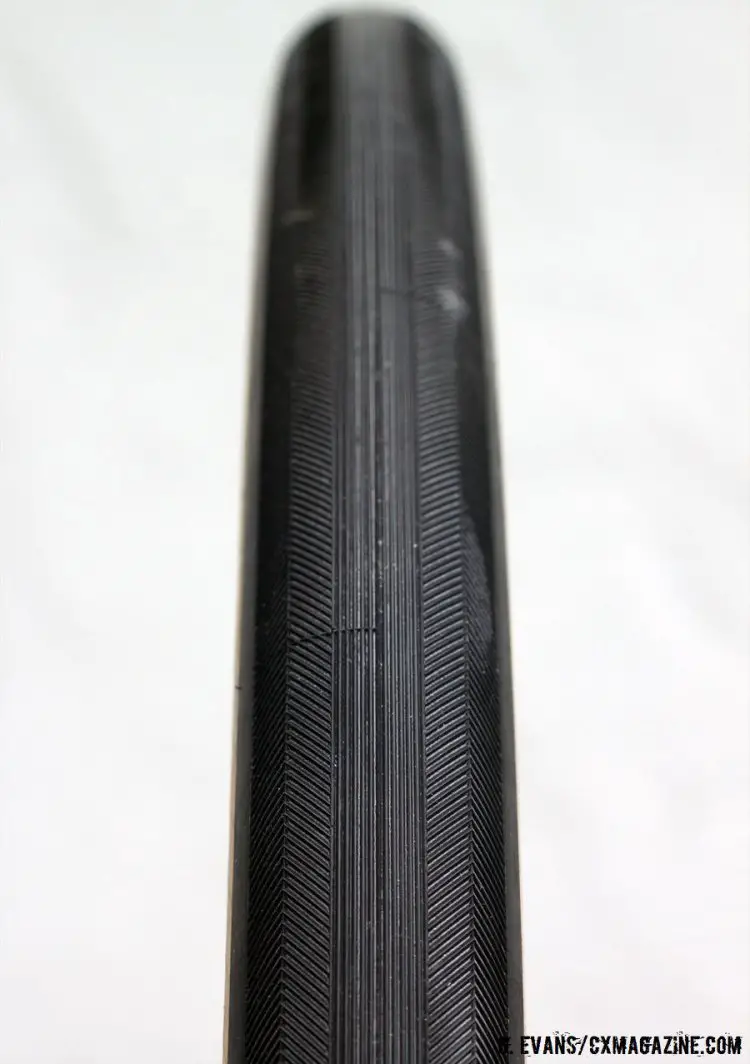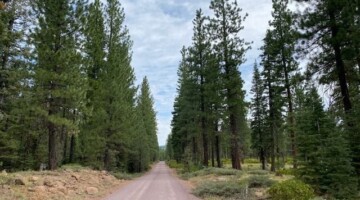by Greg Evans
The name Compass Bicycles should ring a bell for anyone who has ever picked up a copy of Bicycle Quarterly. The company was founded by Jan Heine who also found Bicycle Quarterly with the intent to bring high-quality components from classic French bicycles to the modern age. In doing so, Compass has produced a wide range of components for the “all road” cyclist who enjoys the pavement and never passes an opportunity to mix in some gravel. And Heine is no stranger to this type of riding as we’ve seen from his personal ride, which he took second on at the 2014 Oregon Outback.
Amongst the componentry offered by Compass beside stems, racks, hubs and fenders, is an array of tires. While the design and sale of the tires are done under the Compass moniker, the rubber actually comes from the Panaracer factory in Japan. The tires come in sizes from 26”x2.3 at the fat end and slim down to the narrowest offering at 700x26c, with a large variety of sizes in between, including a line of 650b tires. Most of Compass tires come in two casing options, “Standard” and “Extralight,” with a roughly $20.00 USD price difference separating the two.
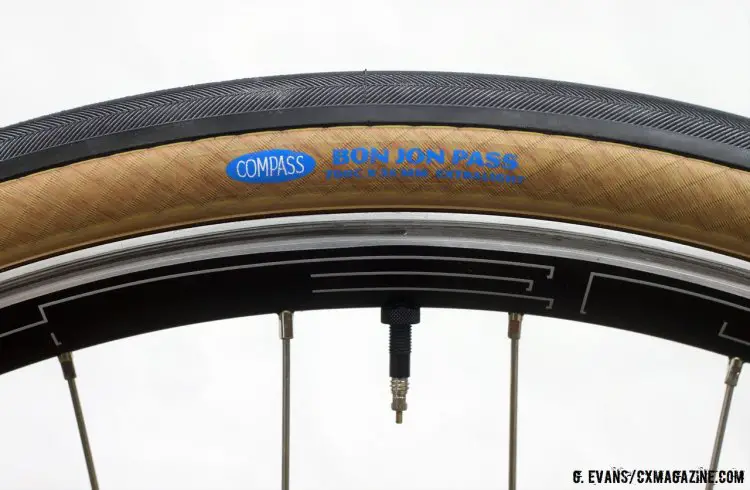
Compass Cycles moves to tubeless with the Bon Jon Pass model (amongst others), offering a 35c file tread clincher in “Standard” and “Extralight” casing options. © Greg Evans / Cyclocross Magazine
Until recently, all Compass tires required an inner tube. But the brand has now updated several models, making them tubeless compatible. They sent us a set of the 700x35c Bon Jon Pass tires to review, as we were keen to know how they performed with the company’s new airtight casing. The test tries feature the Extralight casing, with a claimed weight of 303 grams per tire, 52 fewer grams than the claimed weight of the Standard casing version. The Extralight casing reportedly uses the same casing that is used on high-quality, handmade tubulars. We promptly popped the test rubber on the scale to find that one tire weighed in at 291 grams while the other was closer to the claimed weight at 307 grams.
Setting up the Bon Jon Pass Tubeless
Next came tubeless setup. The first pairing was with a set of HED Belgium Plus rims, which have an internal width of 21mm. The rims were prepped with two layers of Stans NoTubes tape. The tires were fairly easy to install by hand, although the last bit of bead did take some effort to slip over the rim’s sidewall.
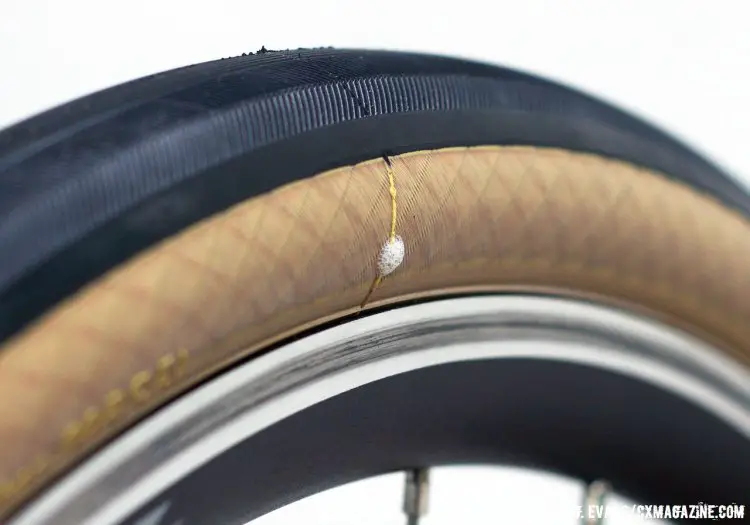
The tires were a struggle to set up tubeless with the HED Belgium Plus rims. One tire finally sealed after heave use of soapy water, while the second tire required the replacement of the thin Stans tape with some beefy Gorilla Tape before seating would occur. © Greg Evans / Cyclocross Magazine
A Bontrager Flash Charger pump was on stand by, primed for inflation. However, once the lever was flipped and the air released, nothing happened except for a sustained hiss and few fresh drops of Stans sealant on the garage floor. After several attempts to seat the tire with this technique, I resorted to spraying the bead with soapy water. To my delight the tire popped into place with the next blast from the Flash Charger.
The second tire was more of a struggle. The soapy water technique was repeatedly unsuccessful, resulting in nothing but some pretty bubbles. Soon the garage resembled a horror movie set, except the producers mis-ordered Stans sealant instead of fake blood. After much frustration and a red face from the repeated pumping of the Flash Charger, I removed the Stans tape and replaced it with two layers of thicker Gorilla Tape. That seemed to do the trick as the tire seated like a champ on the next inflation.
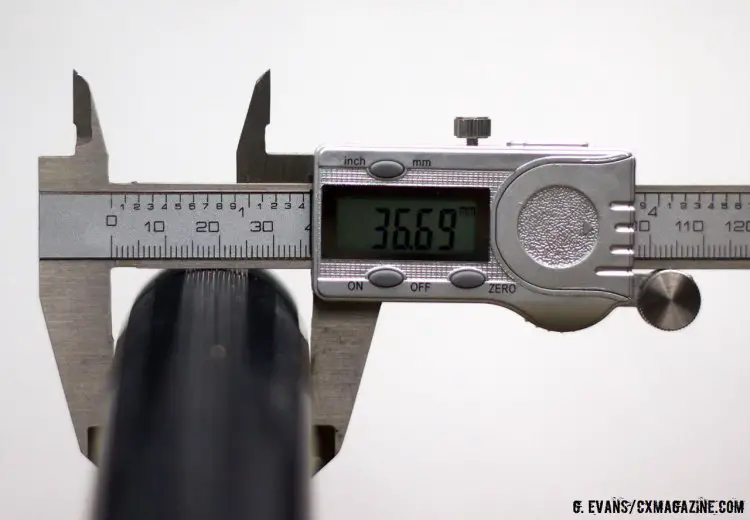
The Compass “Bon Jon Pass Extralight” tires are listed at 700x35c. However at 35 psi the tire stretched out to 36.7mm on a 21mm internal-width HED Belgium Plus rim. © Greg Evans / Cyclocross Magazine
The difficulty of set up was a bit concerning when considering the potential for the tires to burp. The tires were deflated to 25 psi and pressed on forcefully on the sidewall with both thumbs. I never got a full-fledged burp, but I was able to get a tiny puff of air to seep out before the sealant bubbled up to fill the gap. Admittedly it is unlikely many riders would ride this type of smooth tread tire at that pressure, but given that we routinely ride narrower cyclocross tubeless tires at that pressure or lower, it’s a good litmus test as to the reliability and burp-resistance of the seal.
The tires measured out to 36.7mm wide after initial inflation and continued to stretch past 37mm over the next day.
Stay tuned for the long-term review to find out how the tires fare on some other rims, as well as how they ride and how they hold up once we put them to the gravel.
Bon Jon Pass Tubeless Specifications
Options: Standard or Extralight casing
Weight: Standard 355 grams (claimed), Extralight 303 grams (claimed)
Width: 700 x 35
Max pressure: 90 psi
Price: Standard $57 USD, Extralight $76 USD
More info: compasscycle.com













